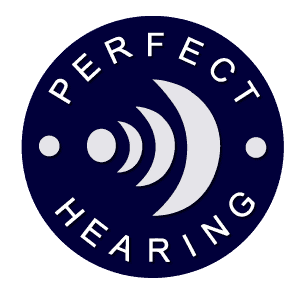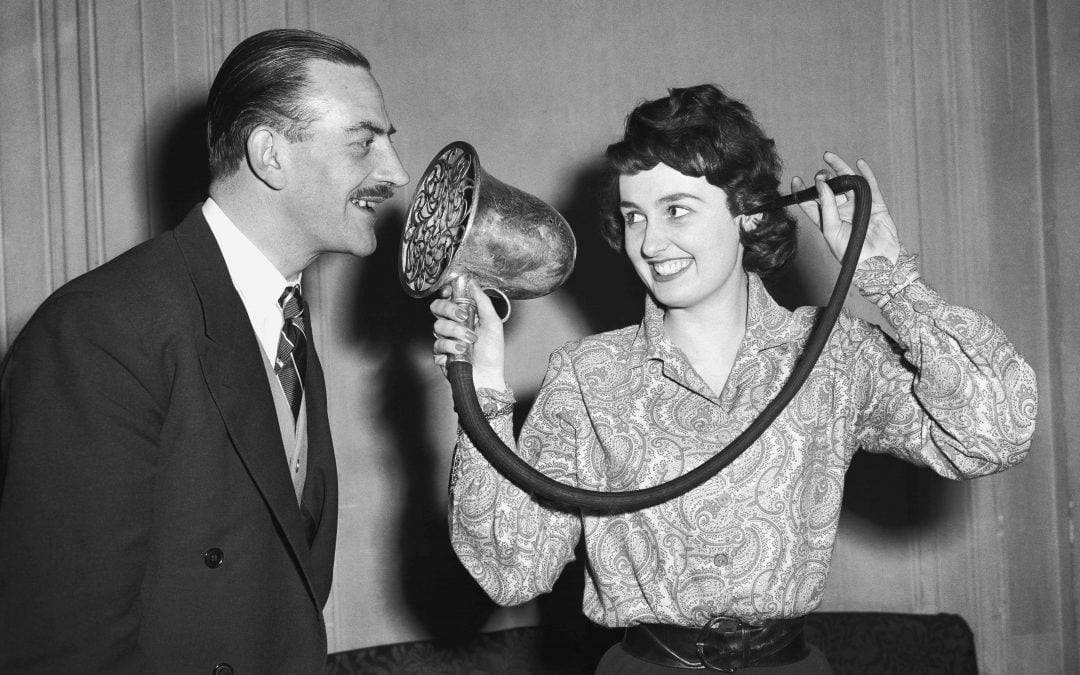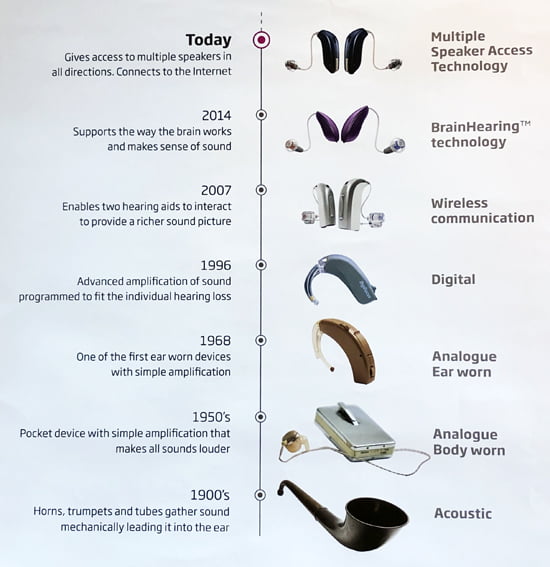Hearing loss is not a modern-day condition. If you think it occurred due to the development of industrial equipment and the invention of personal music players, think again. Hearing loss is a condition that has been around for centuries.
Till the 16th century, some people assumed individuals with hearing loss also had other disabilities. Individuals with hearing loss were heavily discriminated against until a Spanish monk named Pedro Ponce disagreed with this theory and taught the deaf kids nobleman math, how to read, write, and speak.
When Was the First Hearing Aids Invented?
The ear trumpet was invented in the 17th century and is considered the first hearing aids. The device was manufactured in several shapes and sizes and was made with everything from animal horns to sheet iron.
The next in line was in the late 18th century, namely the collapsible ear trumpet. In 1800, the first commercial device was created by Frederick C. Rein. Frederick C. Rein tried to make his ear trumpets to be more pleasing aesthetically, and this led to the famous “acoustic headbands,” which were able to hide the device in the hair of the user.
The First Electric Hearing Aids
Through Alexander Graham Bell’s 1876 invention of the telephone, the first electronic hearing aid was close to reality. The telephone had technology that could control the frequency, distortion, and loudness of sounds, which are essential components of a hearing aid.
In 1898, Miller Reese Hutchison created the first electric hearing aid that used electric current to amplify weak signals. In 1913, hearing aids were manufactured commercially and pushed into the market. However, these devices were cumbersome and not portable.
The Vacuum Tube Hearing Aids
In 1920, vacuum-tube hearing aids were produced, and these tubes could turn speech into electric signals before the signal itself was amplified. World War II brought about many technological innovations, and one of those innovations was miniaturization. The transistor was invented in 1948. These transistors replaced the vacuum tubes in hearing aids. Transistors were smaller, required less battery power, and produced less distortion.
The 70s saw the invention of the microprocessor and the multi-channel amplitude compression. The microprocessor took miniaturization to a higher level, and the compression brought in the use of digital technology.
Hearing aids began to evolve in the 70s quickly. High-speed processors and microcomputers were all invented in the 80s. The first all-digital hearing aid was created in the 90s.
21st Century: High Tech and New Horizons
By 2000, hearing aids could be programmed, thereby allowing user customization, flexibility, and fine-tuning. By 2005, digital hearing aids represented about 80 per cent of the hearing aid sold on the market. Digital technology has the same circuitry that is used in mobile phones and computers.
Today, hearing aids can be fine-tuned by a hearing care professional and customized to an individual’s hearing needs. Hearing aids can also adapt to different listening environments and be connected to other high-tech devices. Hearing aids features, such as telecoils, Bluetooth, and FM connectivity, allow compatibility with other electronic devices and accessibility in public spaces.
In a Nutshell
Hearing aids have come a long way from the days of ear trumpets and they have continued to evolve as technology advances. On the market today are products with a genuinely rechargeable hearing aid battery. Many hearing aids are “smart” adapting to different listening situations without user’s intervention.
There are also long-wearing hearing aids that can stay in the user’s ear canals for weeks. Hearing aids will always continue to improve in performance and comfort while decreasing in size. If you suspect you may need a hearing aid, please feel free to make an appointment with our ENT specialist for a hearing test and professional consultation.



